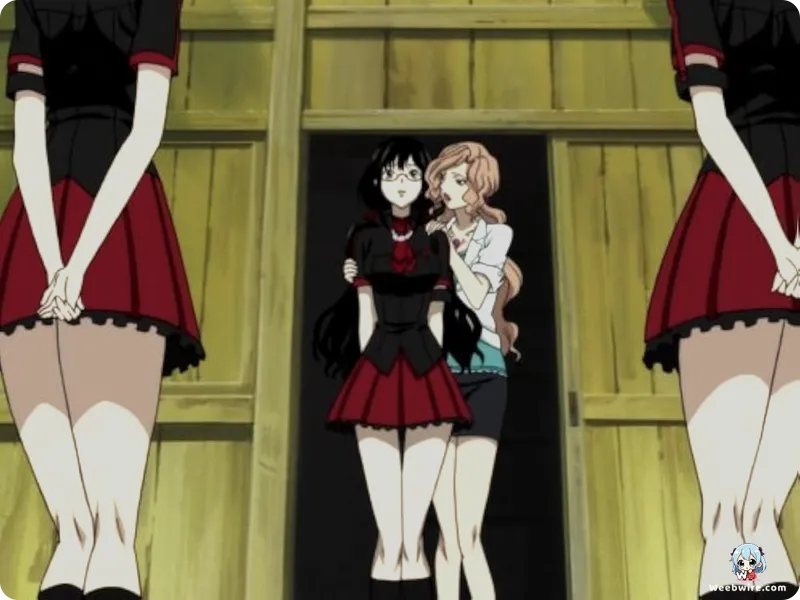Blood-C's Bloody Legacy: Deception, Gore, and a Plot Twist That Shocked Anime

Unveiled in July 2011, Blood-C emerged as a distinct and unsettling chapter in the long-running Blood franchise. While retaining the core of a katana-wielding protagonist named Saya battling monstrous entities, Blood-C sharply diverged from its predecessors. It embraced a far darker, psychologically unsettling narrative steeped in extreme gore and masterful deception.
This series, a collaborative masterpiece between the acclaimed Production I.G and the iconic manga group CLAMP, introduced a calculated narrative ploy. CLAMP, responsible for character designs and story concepts, initially presented Saya Kisaragi as a cheerful, clumsy high school girl living an idyllic life. This seemingly innocent, 'moe' aesthetic was a deliberate facade, designed to amplify the shock when it inevitably crumbled. As the narrative progressed, this pastoral veneer shattered with brutal efficiency, revealing a world of grotesque horror and unimaginable violence. This stark contrast between initial presentation and eventual reality served to maximize viewer discomfort and the impact of the narrative's descent into chaos, challenging audience expectations with its bold storytelling.
CLAMP's influence was pivotal, infusing the series with their signature blend of elegance and pervasive darkness. This was evident in Saya's deceptively delicate appearance and the plot's intricate, morally ambiguous nature. Blood-C quickly gained notoriety for its uncompromising depiction of gore. Battles between Saya and the Elder Bairns were rendered with unprecedented visceral detail, often leading to significant censorship during its initial Japanese broadcast. This controversy, however, fueled curiosity, driving demand for uncensored home video releases and highlighting the series' commitment to its horror elements.

Perhaps the most compelling aspect was its intricate and devastating plot twist. Saya, believing herself an amnesiac high school student, is revealed to be an ancient, powerful being, her memories suppressed. Her entire idyllic village, friends, and even her father are exposed as part of an elaborate, horrifying experiment orchestrated by the seemingly benign café owner, Fumito Nanahara. This grand deception, which dramatically unravels in the latter half of the series and is fully explored in the concluding film Blood-C: The Last Dark, fundamentally recontextualizes every interaction. It transforms the viewing experience into a chilling exploration of psychological manipulation, identity, and existential horror.
Blood-C stands as a standalone narrative within the Blood universe, granting creators the freedom to explore new avenues without established lore constraints. This creative liberty allowed Production I.G and CLAMP to craft a story that, while familiar in premise, was utterly unpredictable in execution. Ultimately, Blood-C remains a polarizing yet undeniably memorable anime. Its deceptive charm, CLAMP's artistic flair, unadulterated gore, and mind-bending plot twist secure its unique place in anime history, challenging conventions and delivering a narrative that continues to provoke thought and discussion among those brave enough to delve into its bloody depths.
Credits
Blood-C
Author
CLAMP & Production I.G
Cover Art
CLAMP
Studio
Production I.G
Publisher
Kadokawa Shoten
Producers





